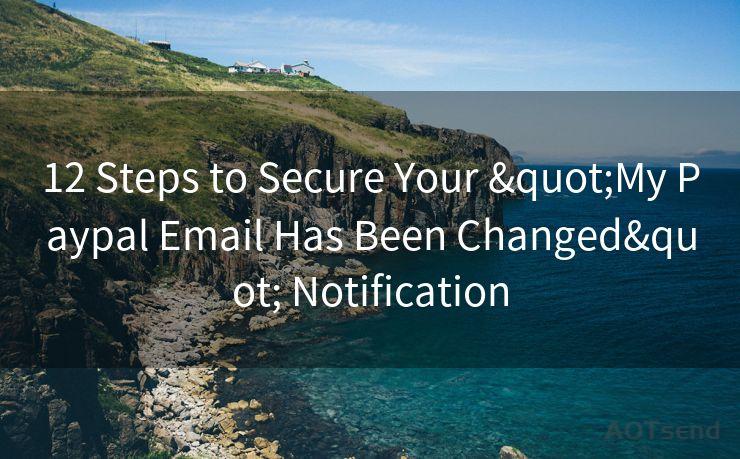12 Steps to Secure Your "My Paypal Email Has Been Changed" Notification




When you receive a notification stating "My Paypal Email Has Been Changed," it's crucial to take swift and secure measures to protect your account. Here are 12 essential steps to ensure your PayPal account remains secure.
1. Verify the Notification
The first step when you receive a "My Paypal Email Has Been Changed" notification is to verify its authenticity. Check the sender's email address and confirm it matches PayPal's official domain. Scammers often use similar-looking domains to deceive users.
2. Log In Securely
Never click directly on links in emails claiming to be from PayPal. Instead, open your browser, type in paypal.com, and log in from there. This ensures you're not redirected to a phishing site.
3. Review Account Settings
Once logged in, navigate to your account settings and review any recent changes. Confirm if the email address associated with your account has indeed been altered.
4. Contact PayPal Support
If you find any unauthorized changes, immediately contact PayPal customer support. They can help you revert the changes and secure your account.
5. Change Your Password
As a precautionary measure, change your PayPal password. Make sure it's strong and unique, combining letters, numbers, and special characters.
6. Enable Two-Factor Authentication
For added security, enable two-factor authentication on your PayPal account. This adds an extra layer of protection, requiring a second verification step beyond just your password.
7. Review Transaction History
Go through your transaction history to check for any unauthorized payments or transfers. Report any suspicious activity to PayPal immediately.
8. Update Security Questions
Refresh your security questions and answers. These can be used to verify your identity in case of account recovery or when contacting customer support.
9. Link a Phone Number
If you haven't already, link your phone number to your PayPal account. This allows PayPal to send you notifications and alerts regarding account activity.
10. Monitor Your Email
Keep a close eye on your email for any further notifications from PayPal. If you receive any suspicious emails, report them to PayPal's security team.
11. Secure Your Connected Devices

Ensure all devices you use to access your PayPal account are secure. Regularly update their software and use strong passwords or biometric authentication.
12. Stay Vigilant
Lastly, always remain vigilant about your online security. Regularly check your account for any unusual activity and stay updated on the latest security threats.
🔔🔔🔔
【AOTsend Email API】:AOTsend is a Managed Email Service for sending transactional emails. Support Email Types: reminders, authentication, confirmations, notifications, verification codes, invoices, password resets, account activations, billing statements, two-factor authentication (2FA), and one-time passwords (OTP) emails, etc. $0.28 per 1000 Emails. 99% Delivery, 98% Inbox Rate.
You might be interested in:
Why did we start the AOTsend project, Brand Story?
What is a Managed Email API, How it Works?
Best 25+ Email Marketing Platforms (Authority,Keywords&Traffic Comparison)
Best 24+ Email Marketing Service (Price, Pros&Cons Comparison)
Email APIs vs SMTP: How they Works, Any Difference?
By following these 12 steps, you can effectively secure your PayPal account, even if you receive a "My Paypal Email Has Been Changed" notification. Remember, security is an ongoing process, so stay alert and proactive in protecting your financial information online.




Scan the QR code to access on your mobile device.
Copyright notice: This article is published by AotSend. Reproduction requires attribution.
Article Link:https://www.mailwot.com/p4032.html



